If you’re a pickle lover like me, you know how hard it is to resist a crunch of a sour pickle! Lebanese/ Middle Eastern pickles / Kabees go with a wide variety of foods from breakfast, lunch to dinner and found on most Lebanese dining tables; they can be seriously transforming and would boost the flavor of so many dishes starting from mujadara, mezze, wraps, sandwiches, roastery chicken, falafel, shawarma, kebabs, foul, stews, burgers, snack and much more.
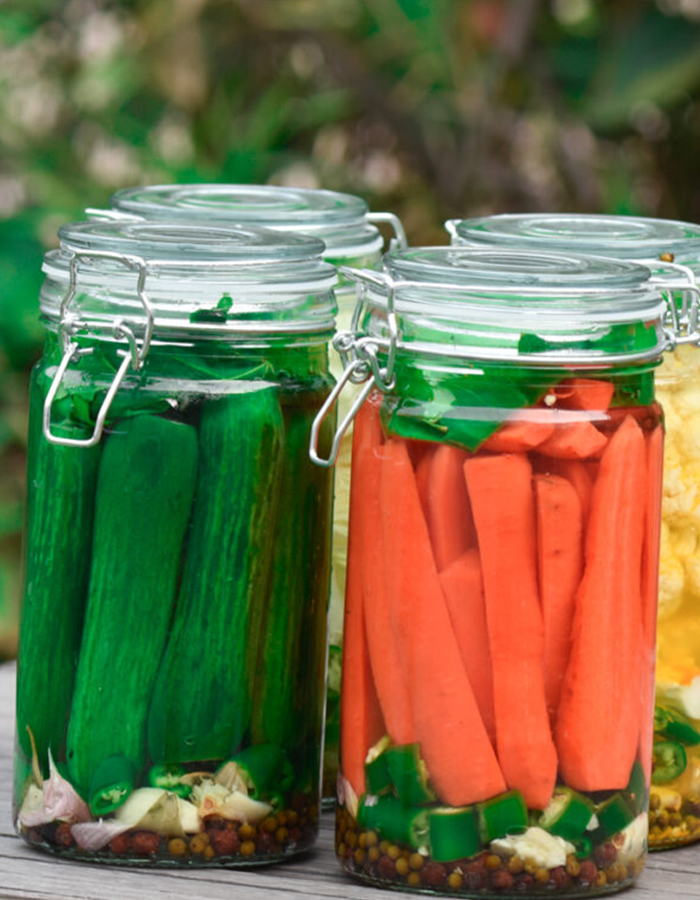
Lebanese Pickles/ Kabees (Video)
You can obviously buy Middle Eastern pickles from delis, but the ones you make yourself taste pretty darn good, and making pickles is a skill almost every household should have in her cooking repertoire, today I am going to be making the Lebanese or Middle Eastern Pickles/ Kabees, if you are looking for a recipe that keeps the pickle crunchy, then you should learn all the tips and secrets provided in this post. Keep it as a reference for you. Just note that no canning is involved, all you have to do, is to let the pickles sit in a rather cool place away from sunlight (the process can take anywhere from a week to two for the full effect and flavor of the pickling to set (timing depending on the food being preserved). then store them in the pantry and ultimately eat them within 1 year. Once you’ve opened a jar of pickles, you should store it in the refrigerator.

Important Notes to Consider when making Middle Eastern Pickles/ Kabees!
- Washing vegetables under running water is an essential step for making pickles.
- Use pickling salt or sea salt and avoid using table salt, the reason why, is because table salt contains anticaking agents with additives that aren’t water soluble, they will not dissolve in pickle brine and will cause the liquid to be cloudy.
- Choose firm and fresh veggies that are free from blemishes or discoloration, use green and slender cucumbers preferably Lebanese or Persian cucumbers. Don’t use large ones, they won’t turn out crunchy.
- Cut off the blossom end of the cucumbers before pickling. Blossoms may contain an enzyme which causes excessive softening of pickles. With a knife, make two small incisions in each cucumber, this will allow the brine to penetrate better.
- Pack each type of veggie tightly (they should be so tight) into sterilized jars, leaving about half an inch of headspace.
- The most critical ingredient to care about in making Middle Eastern pickles is salt. It should be balanced accurately. You neither need an overly salted pickle nor a flavorless result.
- Your hands are covered in a variety of bacteria so you need to thoroughly lather with soap, scrub carefully and rinse well before packing the veggies in jars, or alternatively, use disposable gloves to prevent the harmful bacteria from multiplying and causing spoilage.
- To get unique flavorful pickles add garlic, coriander seeds and diced green chili peppers, and I would add turmeric to cauliflower pickles, they match really well together.
- Lebanese /Middle Eastern pickles/ Kabees don’t require a canning machine, but you simply need to sterilize implements and jars with boiling water and airdry them before use.
- Keep the veggies submerged under the brine, bacteria generally cannot survive in a highly salted environment.
- Cover the jars of pickles with fresh grape leaves, this is optional, they prevent the cell walls of the veggies from breaking down and getting soggy; grape leaves contain tannin which is a large molecule that binds to prtoteins and cellulose. Or guess what? Alternatively, you can add a few pieces of dried chickpeas in each jar (this is my mom’s tip), does it sound wierd? Believe me it works like magic, chickpeas also contain tannins that have the same properties as grape leaves.
- Once you’ve opened a jar of pickles it’ll last for up to a year in the refrigerator. To ensure your pickles stay fresh and don’t go bad, seal the jar completely after each use, and keep in your fridge.

Why molds can appear on the surface of your pickle jars?
Molds sometimes appear on the surface of your pickles when exposed to air, if the salt ratio is wrong, if the vegetables and tools aren’t clean, or if you use chlorinated water. Now this shouldn’t happen if you follow the instructions carefully, but if you see any mold on the pickles or floating in the brine, then it’s a sign they have gone bad and are unsafe to consume.
The egg method to measure the appropriate ratio of salt to water in pickling
Too much salt in pickles, and you will ruin the flavor, and less than needed salt not only you will end up with a bland flavor, but the pickles can go bad in a short time, so salt is the key ingredient in making Lebanese/ Middle Eastern pickles/ Kabees, other ingredients like vinegar, sugar, herbs or spices are flavor enhancers. An old method used by our ancestors to measure the right degree of saltiness, is the egg method in pickling. Even with a precise recipe, I would follow this method simply because there are different types of salt brands available, each with its unique degree of saltiness. Learn the egg technique below to test the ratio of salt to water.
A science Test: what happens when you put a fresh egg in a glass of regular water? The obvious answer is that the egg will sink and dive to the bottom, but can you make the same egg float in the same glass of water? The answer is yes, add an adequate quantity of salt to the same glass of water and the egg will float, due to the water’s density change! In fact, if you add adequate salt in pickling brine, you can make the water dense and by that you will notice the upper edge of the egg shows up on the surface of water, (don’t expect the whole egg to float). This is a sign that you are using the precise salt amount to make Kabees (Middle Eastern pickles). If the egg sinks, then more salt is needed in brine.

Use a raw egg at room temperature: How did I test the ratio of salt to water? I added a glass of water in a container with a tablespoon of salt and stirred until the mix was completely combined, then I placed the raw egg into the container with the salt water. What happened to the egg? Take a moment to observe the egg on the left, it floated (or simply the upper edge of the egg showed up on the surface of the water, this is a sign that my solution is perfect for pickling, but if the egg sinks to the bottom (just like the egg on the right), then more salt is needed. By using this method, you will be able to manage any salt brand you are using. That’s a good way to make the right ratio of salt to water. So, I did my calculation, 1 cup needs 1 tablespoon of salt, then 2 liters (8 cups) need 8 tablespoons of salt.
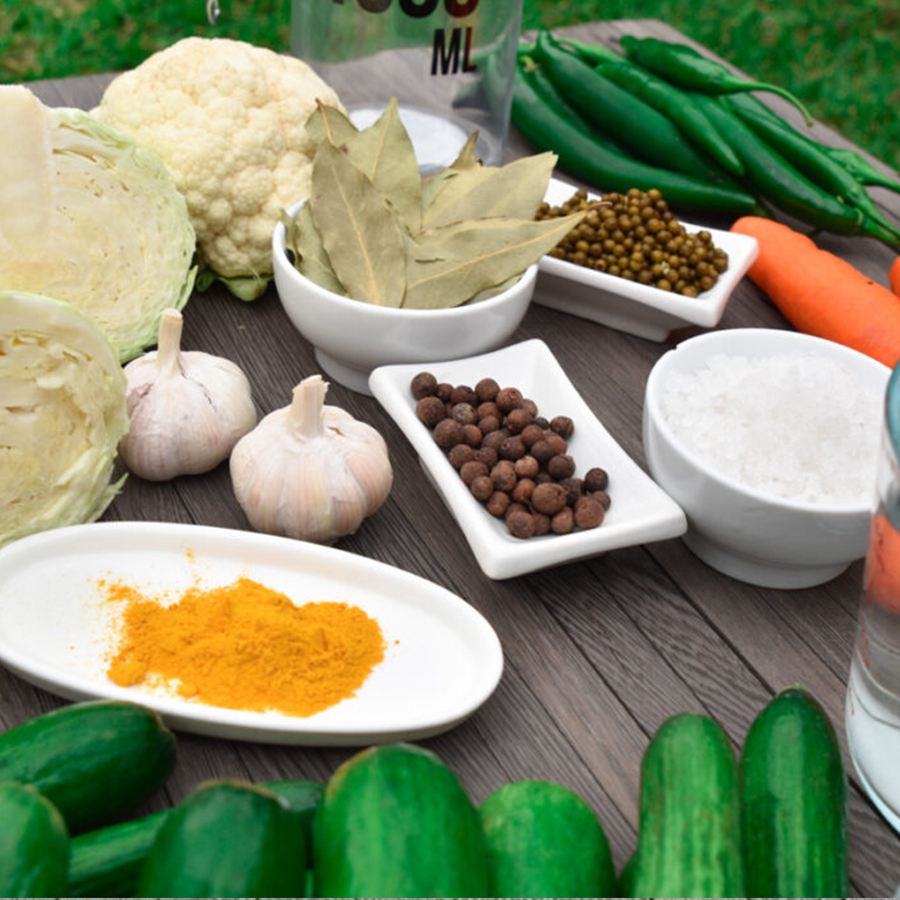
You’ll need:
- Lebanese or Persian cucumbers
- carrots
- cauliflower,
- cabbage,
- pickling salt,
- white vinegar
- garlic
- coriander seeds
- Black peppercorns / green peppercorns
- bay leaves
- 4 sterilized jars (1 liter each)
And now let’s get started!
Gather your ingredients and jars.To make the brine: Place water, and salt in a saucepan over medium heat and bring to a boil, remove from heat add the sugar and vinegar and stir well. Leave to cool down and get back to room temperature. Remove any stem and blossom end of the cucumbers. Peel the carrots and cut them to your desired size or leave them whole if they’re small enough. Cut the cauliflowers into small florets. Cut the cabbage to large chunks, wash your veggies thoroughly and drain.

In the bottom of each of the four sterilized jars place 3 smashed garlic cloves, 2 bay leaves, 1 teaspoon green peppercorns or black peppercorns or coriander seeds. You may add a tablespoon of turmeric powder to the cauliflower jar.
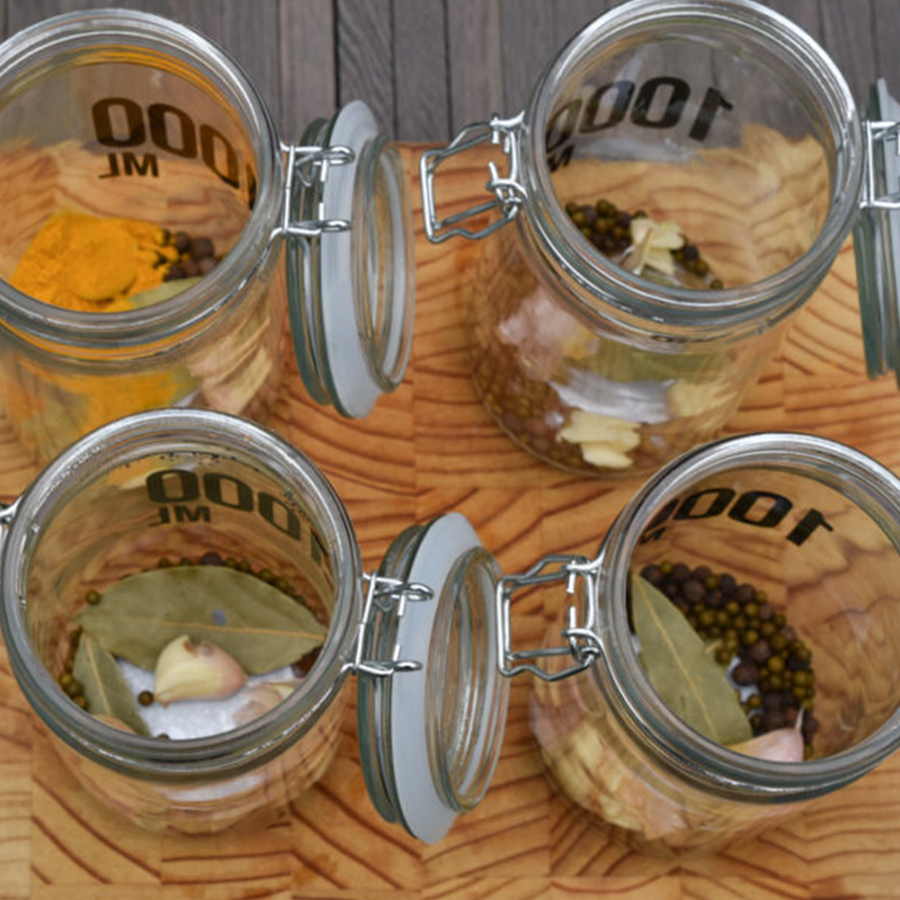
Add a handful of chopped green chilis, (I like the slightly aggressive flavor of hot and zingy pickles) in each jar. This is optional.
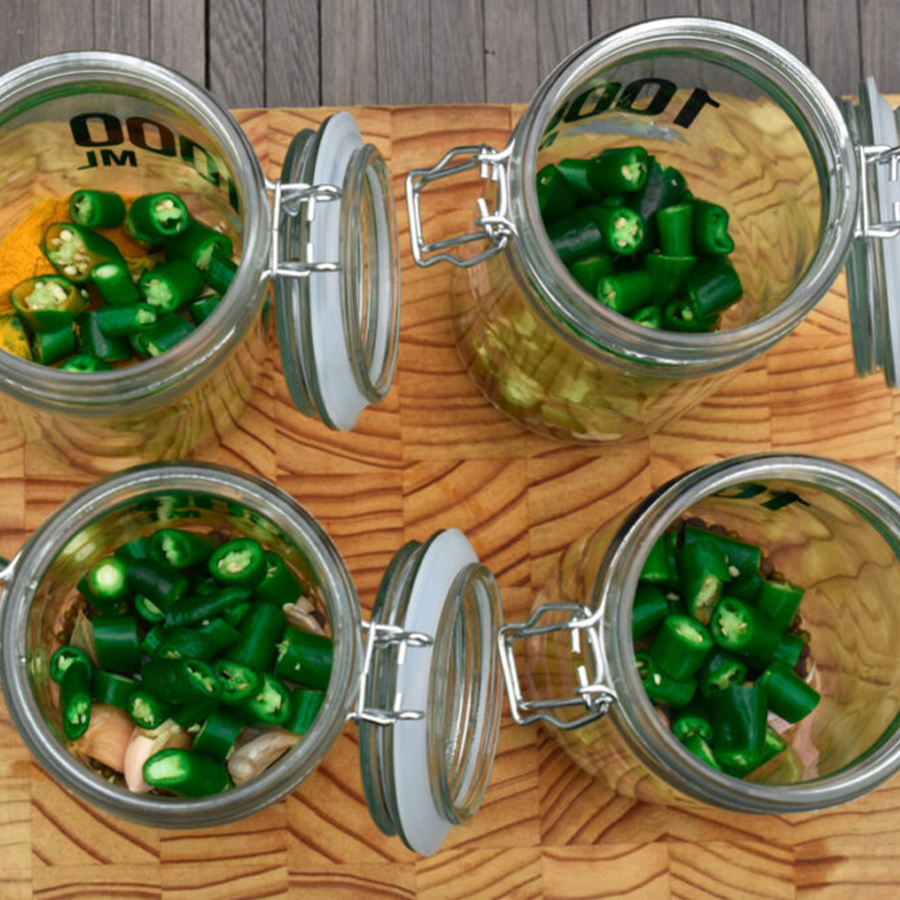
Pack each type of vegetable tightly (they should be tight) into sterilized jars, leaving about half inch of headspace.
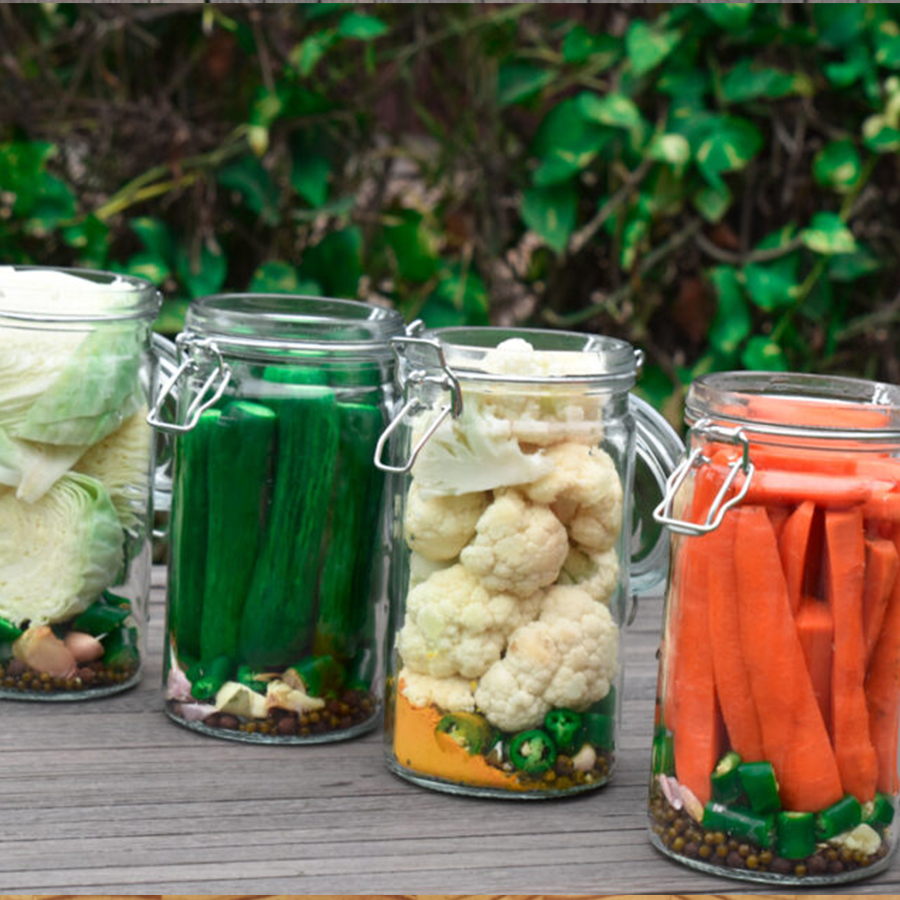
This step is optional, but recommended, cover the veggies in each jar with some grape leaves, or alternatively add 4 pieces of dried chickpeas in each jar.

Pour the brine equally in the four jars, making sure the veggies are submerged under the brine. Cover the jars tightly. And turn the jars upside down for 1 hour.

Lebanese pickles take one week to two to make, depending on the veggies you are using but the prep work takes only 30 minutes. As they sit, they go through the transformation process to get pickled. They can be kept, unopened, at room temperature in pantry or cabinet away from sunlight for 10 month or up to 1 year. Once you’ve opened a jar, refrigerate it, it’ll last for up to a year in your fridge. To ensure it stays fresh and doesn’t go bad, seal the jar completely after each use.

Lebanese Pickles/ Kabees boost the flavor of almost all Lebanese stews and dishes, here are some great recipes that go well with our pickles:
- Chicken Shawarma
- Mujadara Hamra
- Mujadara makhboussa
- Bulgur Mujadara
- Baba Ghanouj
- Foul Medames:
- Potato Kibbeh
- Vegan Lebanese Lima Bean Stew
- Lebanese Cauliflower Stew
- Chicken Bulgur Pilaf
- Eggs and Meat
- Dawood Basha
- Pumpkin Kibbeh
- Arayes
- Tomato Bulgur Pilaf
- Manakeesh
- Mashed Potatoes and Hard-boiled Eggs
- Baked vegetarian Omlette
- My Mom’s Maghmour
- Stewed Zucchini in Tomatoes
- Grilled Kafta Kebabs
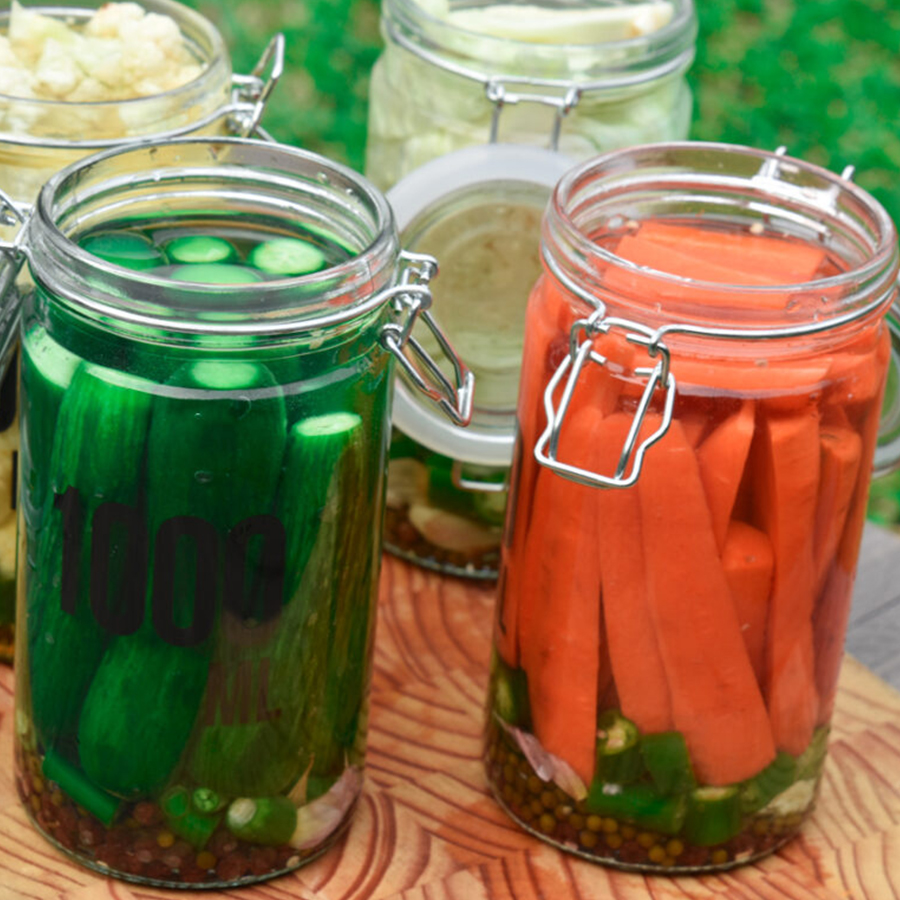
Lebanese Pickles/ Kabees
Description
Equipment
- sterelized jars
Ingredients
- 700 grams / 1.5 lbs cucumbers
- 700 grams / 1.5 lbs carrots peeled
- 7 oo grams/ 1.5 lbs cauliflower cut into florets
- 500 grams/ 1 lb 2 oz cabbage
- 10 green serano or jalapeno chilis /or to your liking roughly chopped
- 12 garlic cloves smashed
- 4 tablespoons of black peppercorns/ green peppercorns
- 4 tablespoons coriander seeds
- 2 liters hot water
- 1 tablespoon sugar
- 1 cup white vinegar
- 8 tablespoons pickling salt or sea salt
- 6 bay leaves
- 16 fresh grape leaves can be substituted by a handful of dried chickpeas (not the canned stuff)
Instructions
- Before we get started, kindly read all the important notes above.
- Sterilize implements and jars with boiling water and airdry them before use.
- Gather your ingredients and jars.To make the brine: Place water, and salt in a saucepan over medium heat and bring to a boil, remove from heat add the sugar and vinegar and stir well. Leave to cool down and get back to room temperature.
- Remove any stem and blossom end of the cucumbers. Peel the carrots and cut them into your desired size or leave them whole if they’re small enough. Cut the cauliflowers into small florets. Cut the cabbage to large chunks, wash your veggies thoroughly and drain.
- Your hands are covered in a variety of bacteria so you need to thoroughly lather with soap, scrub carefully and rinse well before packing the veggies in jars, or alternatively, use disposable gloves to prevent the harmful bacteria that multiply and cause spoilage.
- In the bottom of each of the four sterilized jars place 3 smashed garlic cloves and 2 bay leaves.
- You can add a handful of chopped green chilis (or to your liking), 1 teaspoon green peppercorns or black peppercorns or coriander seeds. You may add a tablespoon of turmeric powder to the cauliflower jar.
- Pack each type of vegetable tightly (they should be tight) into sterilized jars, leaving about half inch of headspace.
- Cover the veggies in each jar with some grape leaves. Alternatively, you can add a few pieces of dried chickpeas in each jar (this is my mom’s tip), does it sound wierd? Believe me it works like magic, it helps keep the crunch of the veggies.
- Pour the brine equally in the four jars, making sure the veggies are submerged under the brine, cover the jars tightly.
- Turn them upside down for 1 hour. Return them back to their normal position.
- Let them sit in a dark place for ten to fourteen days


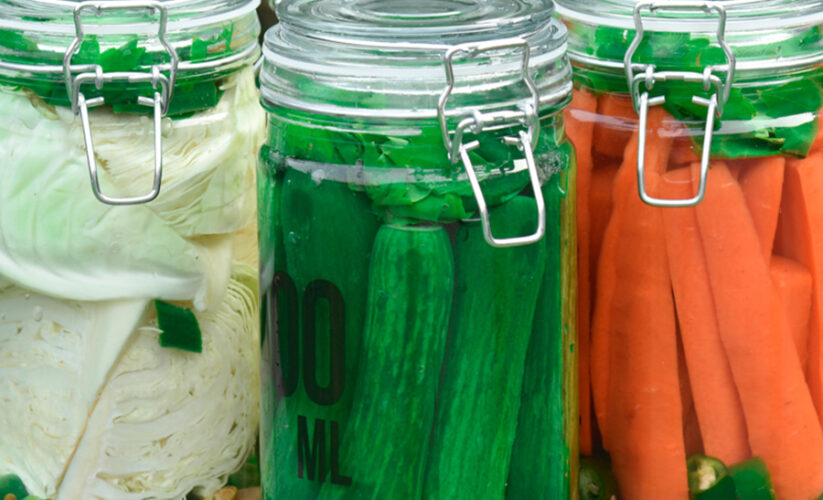

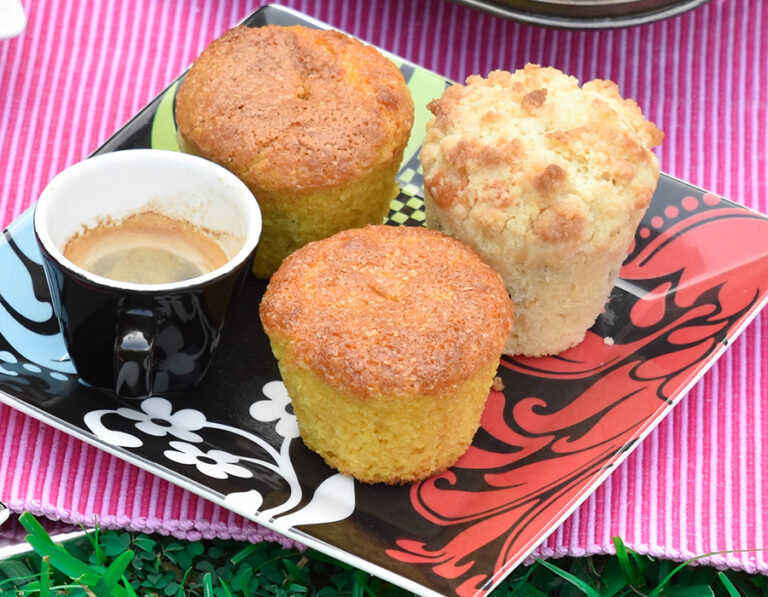
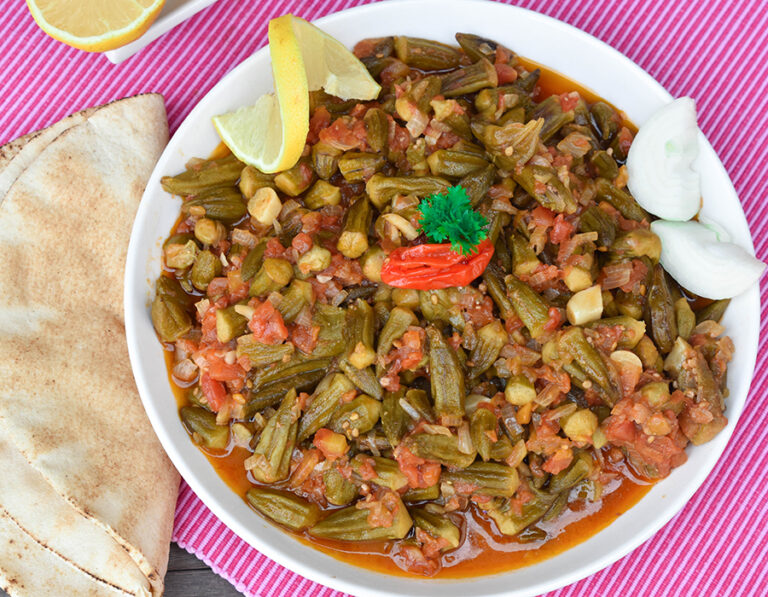
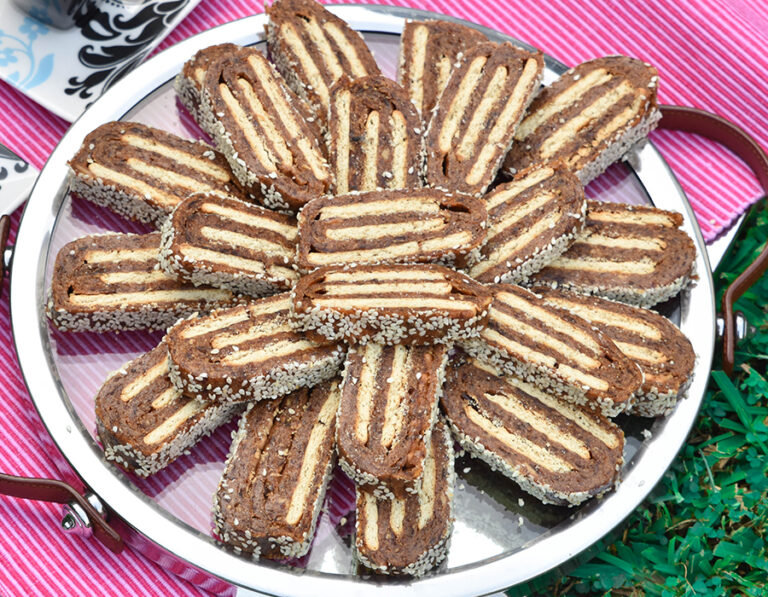
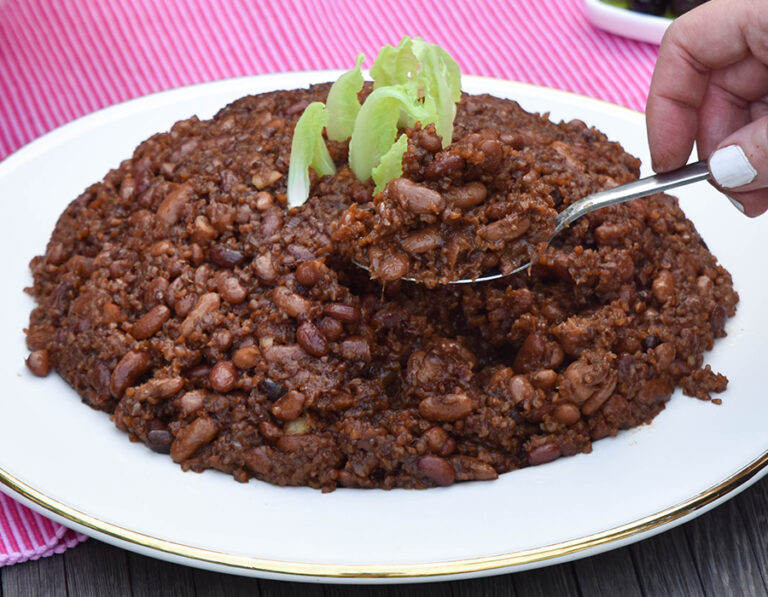

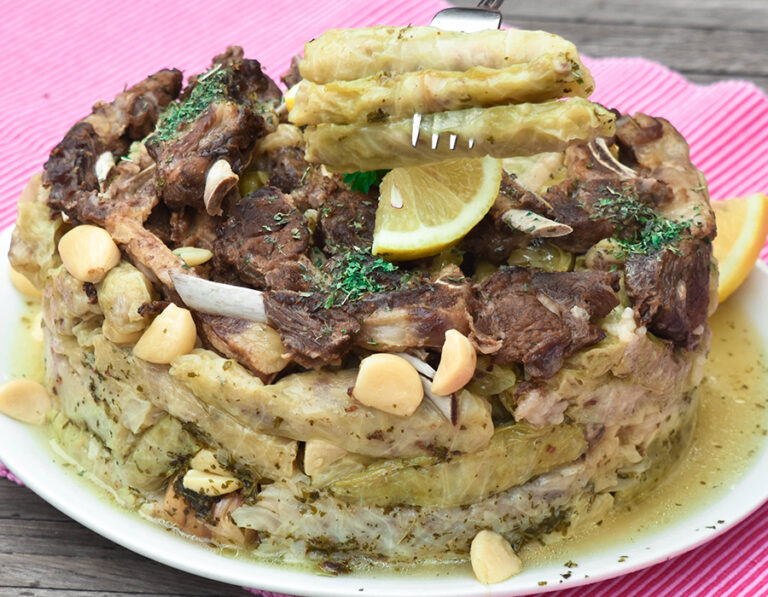
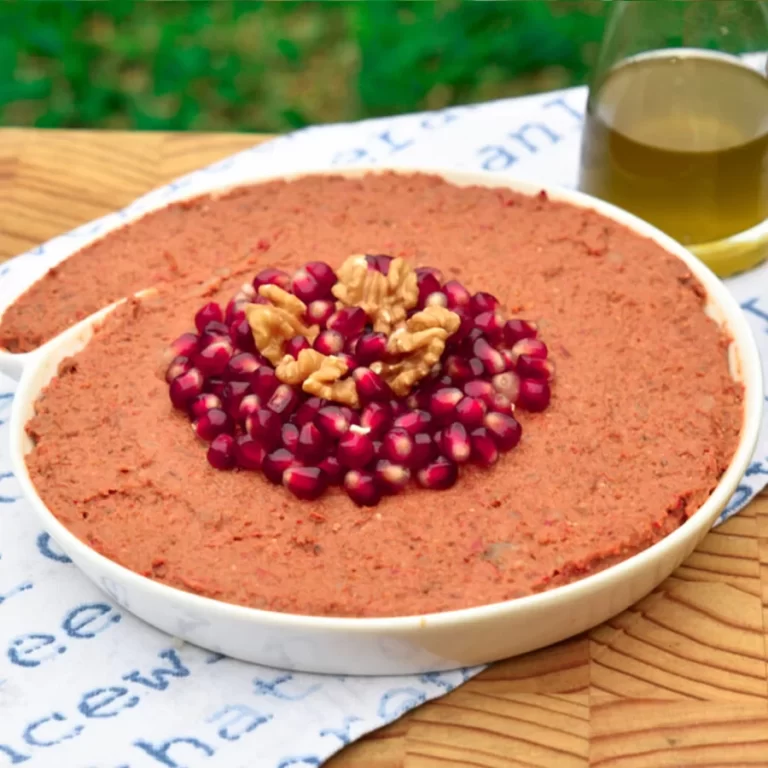
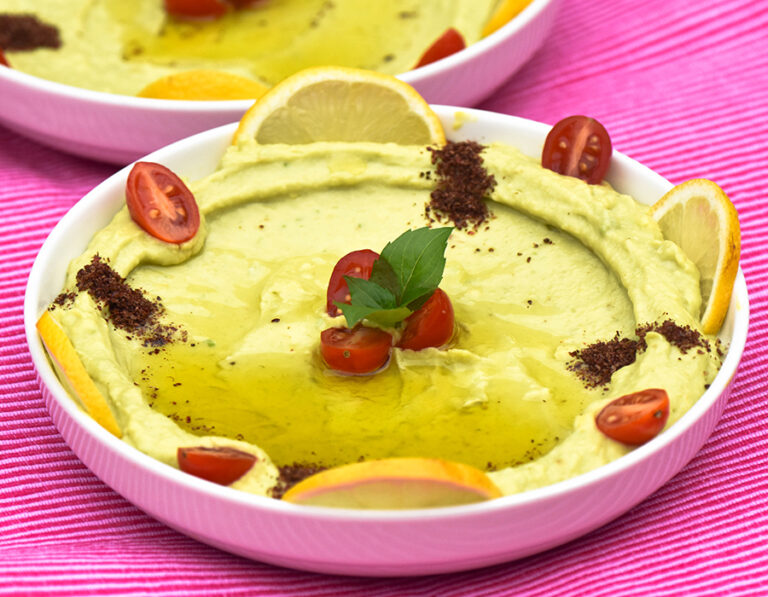
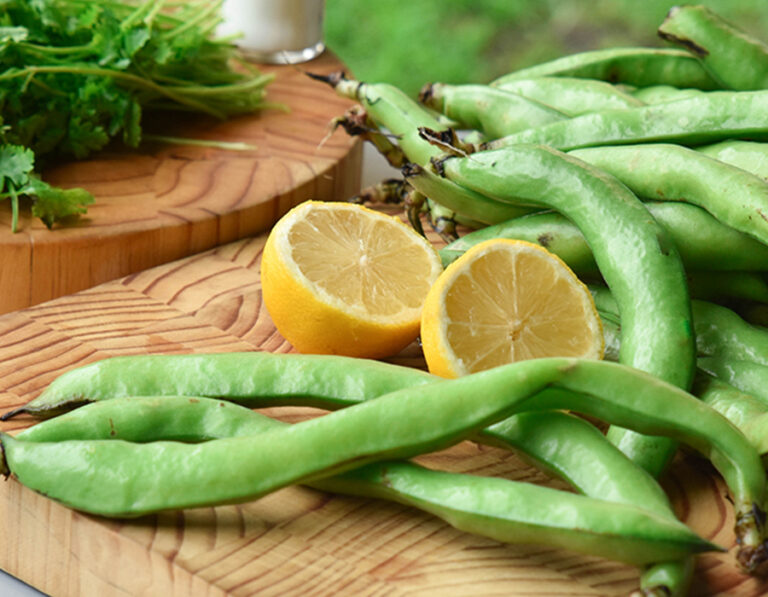



















4 Comments
Thank you!I will try your recipe
Two Great tips for fresh pickles Plus a Great salt trick!!!Thank you. Cant wait to get started. Mini cukes have been planted a couple weeks!! Thank you again!
I like this post, enjoyed this one thankyou for putting up.